The epidemiological burden of obesity in childhood: a worldwide epidemic requiring urgent action
- PMID: 31760948
- PMCID: PMC6876113
- DOI: 10.1186/s12916-019-1449-8
The epidemiological burden of obesity in childhood: a worldwide epidemic requiring urgent action
Abstract
Background: In recent decades, the prevalence of obesity in children has increased dramatically. This worldwide epidemic has important consequences, including psychiatric, psychological and psychosocial disorders in childhood and increased risk of developing non-communicable diseases (NCDs) later in life. Treatment of obesity is difficult and children with excess weight are likely to become adults with obesity. These trends have led member states of the World Health Organization (WHO) to endorse a target of no increase in obesity in childhood by 2025.
Main body: Estimates of overweight in children aged under 5 years are available jointly from the United Nations Children's Fund (UNICEF), WHO and the World Bank. The Institute for Health Metrics and Evaluation (IHME) has published country-level estimates of obesity in children aged 2-4 years. For children aged 5-19 years, obesity estimates are available from the NCD Risk Factor Collaboration. The global prevalence of overweight in children aged 5 years or under has increased modestly, but with heterogeneous trends in low and middle-income regions, while the prevalence of obesity in children aged 2-4 years has increased moderately. In 1975, obesity in children aged 5-19 years was relatively rare, but was much more common in 2016.
Conclusions: It is recognised that the key drivers of this epidemic form an obesogenic environment, which includes changing food systems and reduced physical activity. Although cost-effective interventions such as WHO 'best buys' have been identified, political will and implementation have so far been limited. There is therefore a need to implement effective programmes and policies in multiple sectors to address overnutrition, undernutrition, mobility and physical activity. To be successful, the obesity epidemic must be a political priority, with these issues addressed both locally and globally. Work by governments, civil society, private corporations and other key stakeholders must be coordinated.
Keywords: Adolescents; Children; Global health; Obesity; Overweight.
Conflict of interest statement
The authors declare that they have no competing interests.
Figures

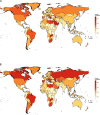
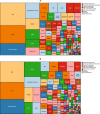
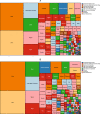
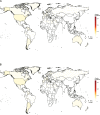
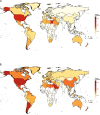
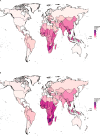
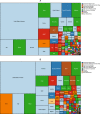
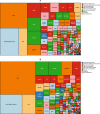


References
-
- Development Initiatives. 2018 Global Nutrition Report: Shining a Light to Spur Action on Nutrition. Bristol: Development Initiatives Poverty Research Ltd; 2018. https://globalnutritionreport.org/. Accessed 2 Apr 2019.
-
- World Health Organization (WHO). Comprehensive Implementation Plan on Maternal, Infant and Young Child Nutrition. Geneva: WHO; 2014. https://www.who.int/nutrition/publications/CIP_document/en/. Accessed 18 Oct 2019. - PMC - PubMed
-
- World Health Organization (WHO). Global Action Plan for the Prevention and Control of NCDs 2013–2020. Geneva: WHO; 2015. http://www.who.int/nmh/events/ncd_action_plan/en/. Accessed 2 Apr 2019.
Publication types
MeSH terms
LinkOut - more resources
Full Text Sources
Medical

